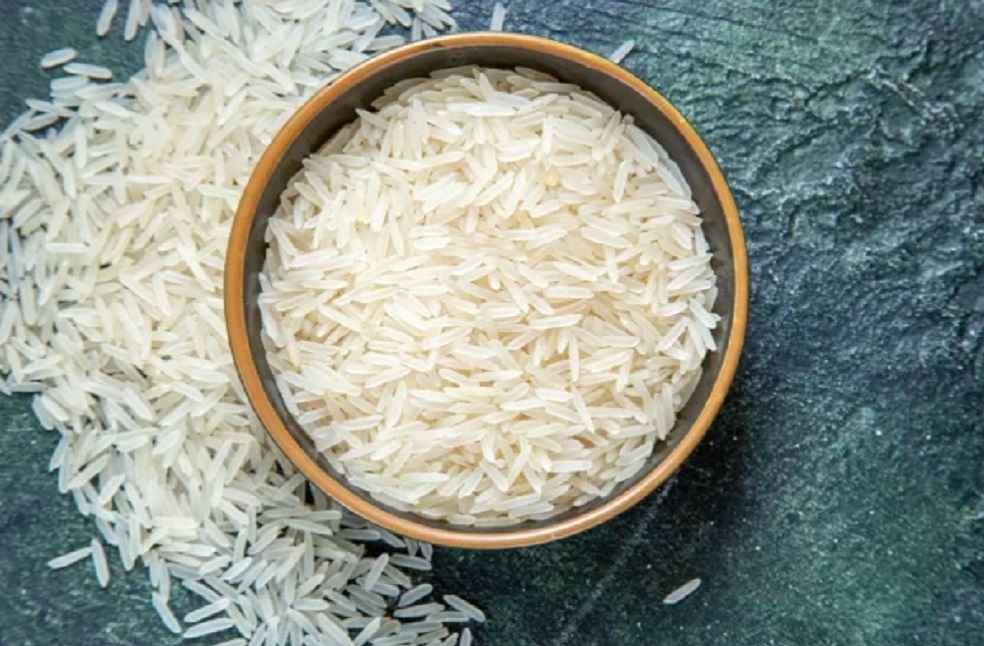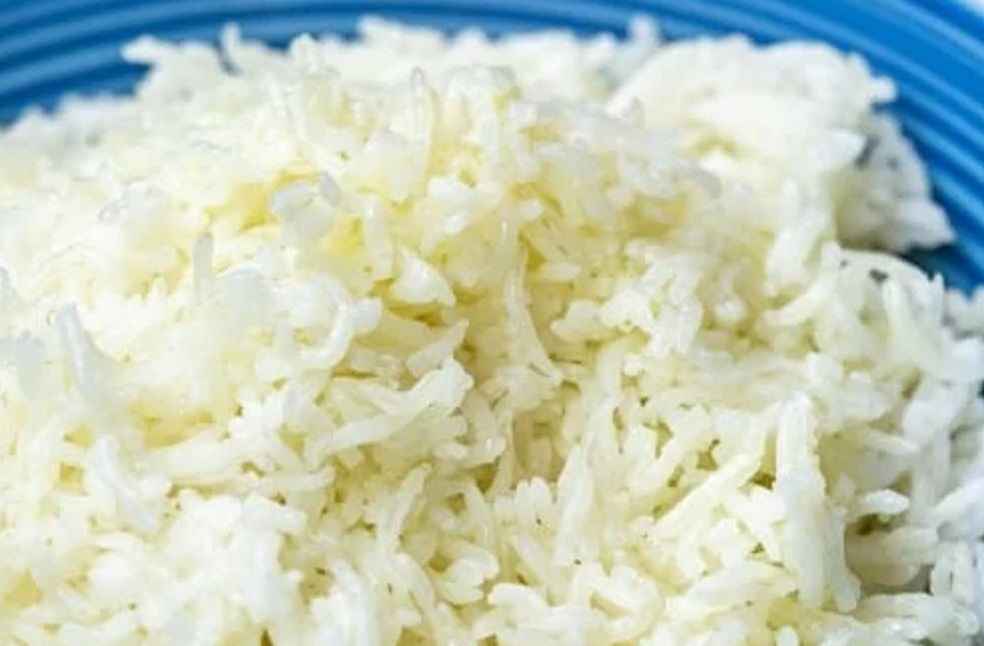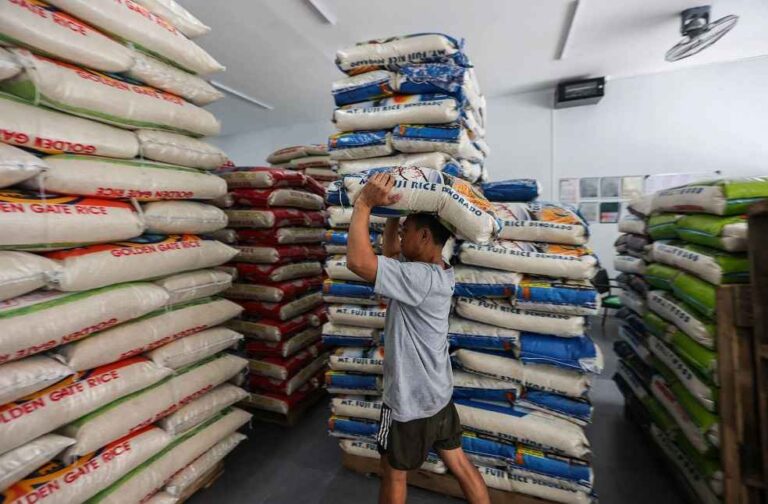The Philippines is projected to retain its status as the world’s top rice importer this year and next, largely due to the adverse effects of extreme weather conditions, including El Niño, La Niña, and recent typhoons, on domestic rice production.
According to the latest report from the US Department of Agriculture (USDA), the Philippines’ rice imports for 2024 are estimated to reach 4.7 million metric tons (MT), representing a 2.2% increase from the earlier forecast of 4.6 million MT. This rise is attributed to strong demand, particularly for rice sourced from Vietnam. Looking ahead, rice imports are expected to further rise to 4.9 million MT in 2025 due to reduced crop yields from local farms.
The USDA’s latest projection aligns with an upward trend in global rice imports, driven by increasing demand from countries such as Malaysia and Nepal, despite a rise in global rice production.

Global Rice Supply and Output
The report anticipates a surge in global rice imports next year, fueled by growing demand from various African and Asian countries. India’s recent decision to lift its 14-month export ban on non-basmati white rice is expected to boost global supply and ease prices.
For 2024, global rice production is forecast to increase, particularly in India, which will offset the projected decline in the Philippines’ output. The USDA estimates the Philippines’ milled rice production will fall from 12.7 million MT this year to 12.3 million MT in 2025.
A prior report from the USDA had already reduced the rice production forecast for the Philippines, citing crop damage from successive typhoons and a decrease in harvested area due to land conversion.

Imports Rise as Domestic Production Falls
As of October 3, 2024, the Philippines had imported 3.29 million MT of rice, according to data from the Bureau of Plant Industry. Vietnam remains the country’s largest supplier, accounting for 2.61 million MT of imported rice, followed by Thailand (416,185.19 MT) and Pakistan (157,564.48 MT). India also contributed 76,971 MT of grains.
The total rice imports for this period amount to 91.3% of the Philippines’ total rice imports from the previous year. While rice imports had consistently risen between 2019 and 2022, they saw a slight dip in 2023.
On the domestic front, the Philippine Statistics Authority reported that the country produced 8.53 million MT of palay (unhusked rice) in the first half of 2024, down 5.5% from the same period last year.
The Department of Agriculture has since warned that domestic rice production will likely remain stagnant due to the ongoing impacts of extreme weather patterns, such as El Niño and La Niña, on farmers’ harvests.
TRADE TECH | Vietnam to Boost Digital Tech Exports with New Law and Global Expansion



